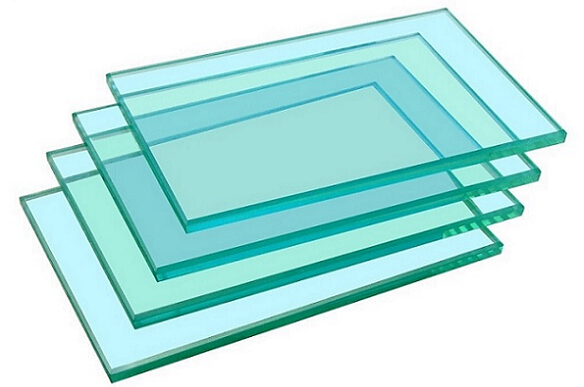

The glass industry is a high energy consuming industry, and glass melting furnaces are the most energy consuming equipment in glass production lines. Fuel costs account for about 35% to 50% of the glass cost. Most of the self-designed float glass melting furnaces in our country can achieve a unit consumption of 6500kJ/kg to 7500kJ/kg of glass liquid, while large float glass enterprises abroad only have 5800kJ/kg of glass liquid. We have a certain gap with the international advanced level.
The thermal efficiency of developed glass melting furnaces is generally between 30% and 40%, while the average thermal efficiency of glass melting furnaces in China is only 25% to 35%. One of the important reasons for this gap is the unreasonable design and insulation measures of the furnace structure, as well as the low quality grade of the refractory materials used. Secondly, the outdated operation technology and inadequate management of float glass process in China are also reasons for high energy consumption, poor melting quality, and short furnace life. Up to now, China has more than 140 float glass production lines, with a rapid increase in glass production capacity and gradually intensifying market competition. As the main fuel for glass, heavy oil continues to rise in price and accounts for an increasingly large proportion of glass costs. Therefore, reducing glass energy consumption is of great significance for lowering production costs, improving market competitiveness of enterprises, reducing environmental pollution, and alleviating energy shortages.
Energy conservation in glass enterprises is a long-term task, and technical personnel at home and abroad actively conduct research, such as optimizing kiln structure design, oxygen enriched combustion, oxygen assisted combustion electric melting, heavy oil emulsification technology, etc. At present, many enterprises have begun to implement energy-saving measures in the production process and explore energy-saving measures in areas such as glass production process control.
As is well known, the moisture content, temperature, and fuel consumption of the mixture are closely related to the state of moisture in the mixture and the temperature of the mixture. When the temperature of the mixing material is greater than 35 ℃, the vast majority of water adheres to the surface of the refractory sand particles in a free state, thereby allowing for the adhesion of more soda ash to enhance the melting aid effect. When the temperature of the mixing material is less than 35 ℃, the moisture in the mixing material will form Na2CO3 · 10H2O or Na2CO3 · 7H2O with soda ash, and Na2SO4 · 10H2O crystalline water compounds with saltpeter, causing the surface of the sand particles to lose moisture and appear dry, weakening the melting aid effect.
In northern regions, due to lower temperatures in winter, the mixing temperature is generally below 35 ℃, and in some areas it is only around 20 ℃. In order to keep the appearance of the mixed material moist, it is usually necessary to increase the moisture content of the mixed material. Although it has a certain effect, it can also bring many drawbacks, such as increased agglomeration of the silo wall and increased fuel consumption. Someone calculated that the amount of oil required to enter the kiln is 0.085kg oil/kg water.



